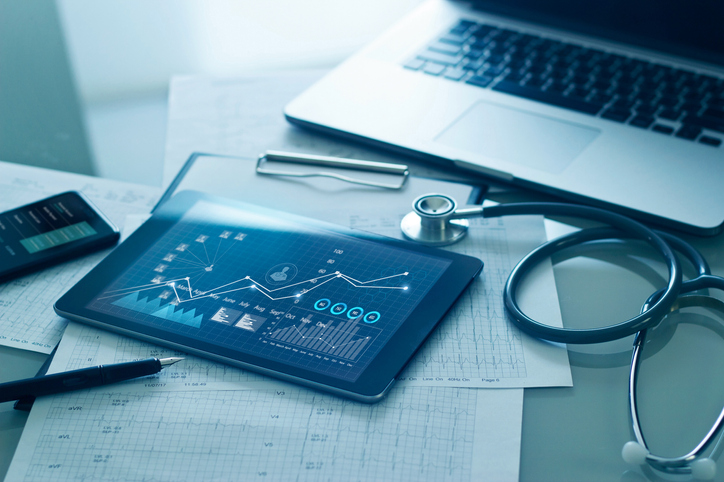

Compassionate use of medical devices now regulated in Brazil
Anvisa resolution establishes requirements for approving compassionate use programs
Subjects
On March 2, 2022, the Brazilian Health Regulatory Agency (Anvisa) published Resolution No. 608/2022, establishing criteria for submitting and approving programs concerning the compassionate use of medical devices. The resolution provides for standardized technical requirements for controlling access to products whose efficacy and safeness have yet to be comprehensively proven (previously, products were analyzed on a case-by-case basis).
Already in effect, the resolution is the result of a public consultation that ended in July 2021 after receiving more than 120 contributions from players within the sector. The main points of the resolution are outlined below:
Definitions and requirements
Compassionate use of medical device programs involve innovative, non-registered devices in the process of being validated by Anvisa, made exclusively available to patients.
According to Resolution No. 608/2022, the following requirements must be met to allow for the possibility of compassionate use:
- The patient must have a serious disease or condition – one that substantially complicates daily tasks and provides an immediate threat to their lives, which may worsen if not treated, leading to an increasing loss of autonomy, longer-term effects or death;
- It must be proven that no comparable or satisfactory alternative therapy exists to treat the specific condition;
- The potential benefits for the patient must outweigh any potential risks of using the medical device.
Applications to conduct compassionate use programs must be made by a sponsor or an organization representing the sponsor (ORP), which must submit:
- An information disclosure and accession term, signed by the patient;
- Petition forms and declarations of responsibility from the assisting physician and the sponsor;
- A conclusive report based on scientific literature, clinical data and studies on the illness and how it will be treated. Any research on the medical device must have reached the validation and development phase. The report must also demonstrate the link between the device and the patient’s medical condition in a way that shows the benefits of the device outweigh possible risks.
Sponsor and ORP responsibilities
Sponsors are responsible for a range of different measures, including:
- Providing the medical device to the patient free of charge while the benefits of the intervention still exist (determined at the assisting physician’s discretion). Commercial sale of the device is prohibited during this period;
- Taking care of the devices – storing them properly until distributed, as well as monitoring the state of products both delivered and not delivered to the assisting physician, which Anvisa may inspect;
- Notifying Anvisa of any serious adverse events within 15 calendar days of becoming aware of them. In the event of the patient’s death, Anvisa must be notified within seven calendar days;
- Covering the full financial costs of complications or harm stemming from the foreseen and unforeseen risks of using the device;
- Ensuring that the medical device is produced in line with current rules regarding good manufacturing practices;
- Monitoring and submitting individual reports for each patient to Anvisa;
- Notifying Anvisa of any changes to compassionate use programs.
According to the new resolution, ORPs can assume sponsors’ responsibilities, either partially or totally.
Terminating programs
- A compassionate use program may be terminated in the following situations:
- When the device is formally registered (bearing in mind that Anvisa must regularize it);
- At the researcher or ORP’s request;
- Upon a request from the patient’s assisting physician.
Furthermore, the termination of any program must avoid harming patients already enrolled in the intervention and follow-up phases of the program.
It is important to note that custom, patient-specific or adaptive medical devices remain regulated by Anvisa Resolution No. 305/2019, which provides for manufacturing, sale, importation and exposure requirements regarding the use of custom medical devices.
For further information about medical device regulations, please contact Mattos Filho’s Life Sciences & Health care practice area.
*With the collaboration of Henryk Trelinski Alvarenga.



